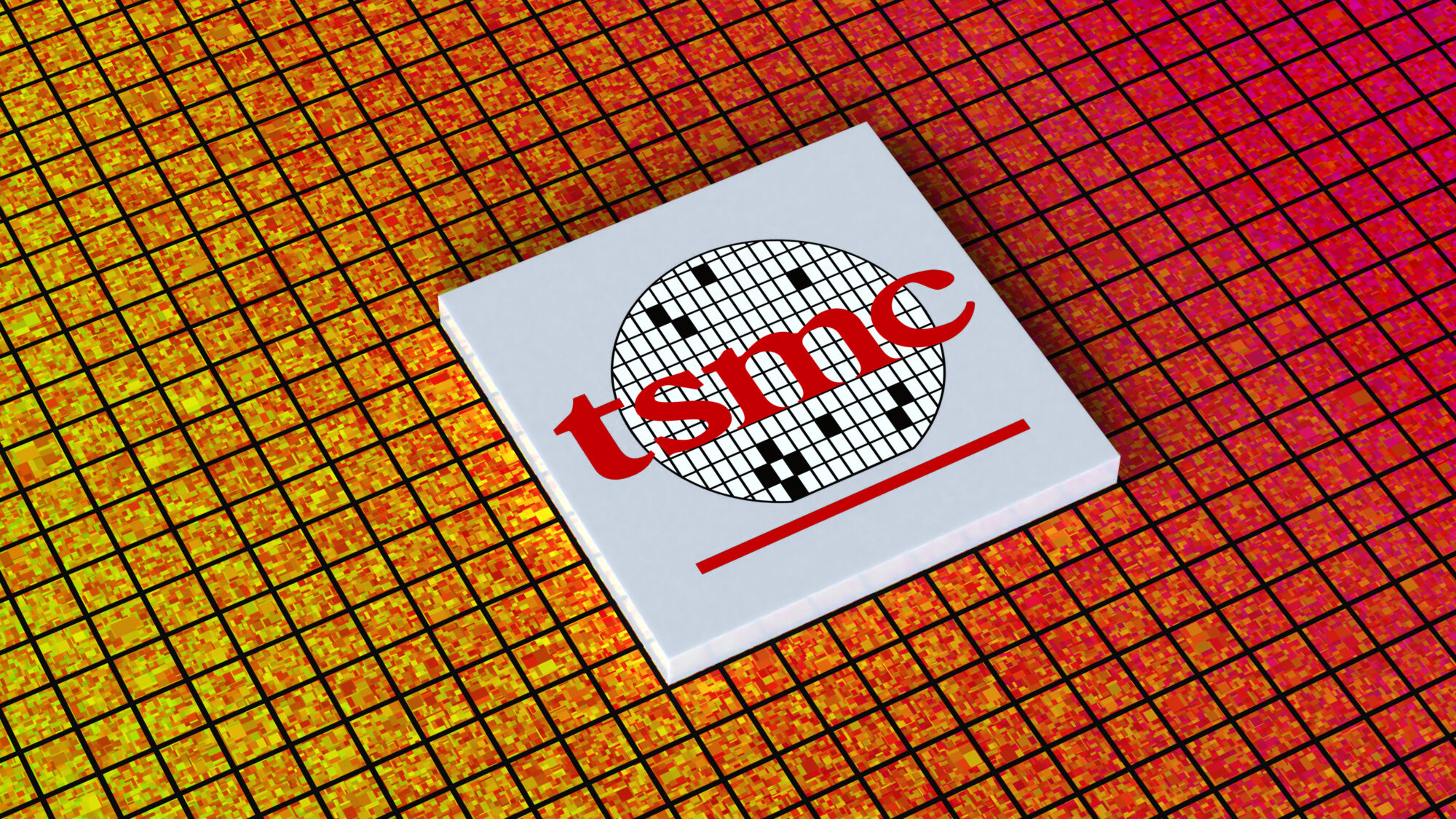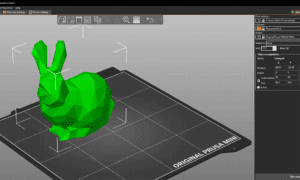The birth of the TSMC 2nm chip technology is setting a new benchmark in the history of AI chip technology. The semiconductor industry was under additional pressure to make processors that were smaller, quicker, and more efficient. This is not just a big step forward in technology, but also a big step forward for AI computing and the tech industry as a whole. The smaller chip technology has a big effect on mobile device technology. For example, smart watches and IoT sensors that need eSIM continual communication will last longer and need to be charged less often. Services like ESIMWORLD.net and its ESIMTAIWAN.com, which use embedded SIM technology to give you fast, travel-friendly mobile access, will benefit from these improvements. 2nm-based hardware will make their gadgets work better and endure longer for their users.
On April 1, 2025, TSMC officially introduced the world’s most advanced 2nm chip, embarking on a new era in the AI chip manufacturing industry. Compared to its 3nm node, TSMC 2nm is said to have faster computing at the same power level, 20-30% power saving, and 15%higher transistor density. Industry major players like Apple, NVIDIA, AMD, and Qualcomm are expected to be the first adopters for AI processors.
From Atoms to Algorithms: How TSMC Built the 2nm Process
One billionth of a meter is a nanometer (nm). For instance, it is said that a human hair is 80,000 to 100,000 nanometers long. You need an electron microscope to see a 2nm chip since it is so small. It’s around 50,000 times smaller than a human hair. It’s like building a tower out of Lego blocks that are the size of an atom. It’s so unimaginable that AI chips are one of mankind’s biggest innovations. Let’s dive deep into the science behind the chip industry.
In an AI chip, a node refers to the size of the smallest features that can be etched into a single silicon wafer. The 2nm chip packs billions of transistors, tiny switches, into an area the size of a fingernail, allowing for incredible computing power.
What makes it harder to make a smaller node?
When it comes to AI chip manufacturing, the process involves a lot of cutting-edge technology, though we get to use the end product, the amount of science behind it is a great wonder to normal human understanding. TSMC’s 2nm is developed by shrinking its technology down to a few atoms wide. During the process, they ran into three key issues:
- Quantum Tunneling: As the word “shrink” suggests, while they shrink, the transistor gets smaller and strange things happen, electrons can sneak through walls they are not supposed to, causing power leaks and errors in how the chip works.
- Heat management: As the transistor becomes smaller, it generates a lot of heat inside the AI chip, which is harder to dissipate.
- Lithography limits: Etching features into these chips, which are just a few atomic sizes, requires extreme ultraviolet (EUV) light, which requires extreme precision, as even a slight vibration or dust can ruin the entire chip.
GAA Transistor- A turning point in TSMC 2nm
The biggest success story behind the breakthrough of the AI chip by TSMC is the use of Gate-All-Around (GAA) instead of FinFET. For better understanding, think of transistors as a tiny switch through which an electrical signal passes to turn it on and off. Inside a chip, there are billions of transistors. In older chips, they used the FinFET, which had a “gate” wrapped around three sides of the channel where the electrical signals pass, whereas in TSMC 2nm, they are using GAA transistors, where the gates are wrapped around all the sides of the channel. This gives the chip:
- More current control
- Less power leakage
- Better performance even in a smaller size
These amazing feathers of GAA are best suited for a chip like 2nm to keep everything working faster and cooler, even when the components are shrunk to a smaller size.
Development Journey
| R&D Timeline | |
| 2019 | 5nm chips powering flagship smartphones |
| 2022 | 3nm process debuts, offering better performance and efficiency |
| 2023-25 | Intensive R&D on 2nm with breakthrough in GAA transistors and EUV lithography |
TSMC’s 2nm breakthrough was feasible through strategic collaboration with ASML, the world’s only EUV lithography machine supplier, and its Global supply chain partners worldwide. The 2nm chip was built in TSMC’s R&D center in Hsinchu, Taiwan, and has been globally expanded to the US and Japan markets. In 2027, Arizona, USA, is targeting mass production. In the history of AI chips, TSMC’s 2nm is the byproduct of pushing physics to its limit, the invention of new transistor designs, and collaborating globally.
Why AI needs 2nm Chips?
AI-supported work is said to be largely data-driven, and it requires complex computing abilities as AI models grow in complexity and scale; hence, the need for a 2nm chip is vital for computational efficiency. As the global market is in favour of AI, the need for AI computational efficiency has become of prime importance. TSMC 2nm technology unlocks for AI some of the core capabilities such as higher performance, energy efficiency, density, and scalability, reduced heat and operational costs, and enables next-generation AI applications.
Strategic imperative is one key factor to consider as companies that adopt 2nm unlock new possibilities for sophisticated models and also deliver AI-powered services faster and efficiently. TSMC 2nm technology is not only for efficiency and speed of computation, but also to set the stage for the next generation of AI innovations while managing the current economic pressure of hyperscale infrastructure. 2nm chips are a vital source for the AI revolution by offering high performance, efficiency, and scalability that are needed for the fast-paced AI-related industries.
The Global Chessboard: AI Chipmakers in a Tight Race
The AI chip industry is nothing but a fierce race, participated in by the big titans of industry; even if you sleep for a moment, you are out of the game. Companies that seemed to have the competitive advantage in the previous decade have already lost it to the fierce competition. The biggest competitors, TSMC, Samsung, and Intel, are locked in the competition for next-generation 2nm and sub-2nm technologies. With the successful development of the most coveted AI chip, TSMC 2nm is expected to dominate the market in 2025. The cutting-edge technology behind TSMC 2nm has been proven to deliver better performance and lower power consumption. These advances are crucial for AI-driven products for their high data processing capabilities and high-performance computations. The product is said to commence its mass production in the second half of 2025 to meet its demand from its major clients like Apple, Qualcomm, and even Intel.
On the other hand, TSMC’s competitor, Samsung, is also targeting mass production in the second half of the year, with its main focus on mobile chips and efforts to attract more external clients, but it’s currently facing challenges for the lack of a broad customer base like TSMC. Intel, on the other hand, is betting on its 1.8nm process to re-enter the advanced foundry market, but it has serious challenges to regain its momentum.
In the AI chip industry, the demand is very high, with all the global expansion to meet the global demand is a challenge. The fight for the fittest will always be the norm in the AI chip industry.
What’s next for TSMC after 2nm success?
TSMC is not giving up this battle easily; they are already preparing for the next major leap with their 1.4nm process. Trial production lines are being set up at their “P2” plant in Baoshan, with their trial production scheduled for 2027 and an expected full-scale production by 2028. Apple’s iPhone 19 is likely to be the first to use this technology, and also next-generation AI accelerators companies like NVIDIA. The 1.4nm AI chip promines 15% more operational efficiency and a 20% increase in logic density over the current 2nm technology, but at a higher cost.
Will Moore’s Law Die or Evolve?
The march toward smaller and smaller nodes is pushing silicon to its limits. Some people think Moore’s Law is coming to an end, but TSMC and its competitors are changing the way things work. In the future, advancement may depend less on pure scaling and more on new architectures, better packaging, and new materials. TSMC’s strategy even includes research toward the 1nm node by 2030, which shows that the industry is determined to push atomic bounds as far as feasible.
Conclusion: Not just smaller Chips, But Bigger Dreams
TSMC 2nm is setting the direction for the entire digital world. It’s cutting-edge technologies and constant effort towards innovation shape the world’s biggest tech firms and define the pace of innovation in AI and mobiles. TSMC 2nm breakthrough is more than just a technical achievement; it’s the core for the future of AI and the digital world. The company is not just developing smaller chips, but also enabling greater goals, such as smarter cities, self-driving cars, tailored medicine, and next-generation AI. TSMC will be the industry’s technological compass, and atomic accuracy will be the basis for the future of intelligence.



































